A year ago, inside the lobby of the Immigration and Customs Enforcement (ICE) jail on SW Macadam Avenue, a group of 20 people gathered to protest President Obama’s deportations, conducted through ICE, that had resulted in about 1.5 million people being torn away from their families and communities. They were demanding that immigrants detained by ICE be released and united with their families for Thanksgiving.
That rally was organized by the Oregon Dream Activists, a group of young people without documentation, who had grown fed up with seeing their families being squeezed from both sides: they were lacking the rights of citizens, but still subject to the full power that the US government and various policing agencies–such as ICE and county sheriffs–could bring upon them at will. They organized many such rallies, shining a light on President Obama’s deportations and ICE, a light that was and continues to be most unwelcome.
Since then there have been substantial victories. On the individual level, the numerous phone calls and attention grabbing actions have resulted in some detained immigrants–which is to say fathers, mothers, husbands, wives, otherwise relations, fellow churchgoers, work buddies, and those folks you see on the bus every day–released back to their loved and loving ones.
Institutionally, Judge Janice Stewart of the United States District Court in Oregon ruled that when a sheriff’s department honors an Immigration and Customs Enforcement (ICE) detainer request despite lacking probable cause, it is infringing on a person’s Fourth Amendment rights, and can be sued for that violation. ICE detainer requests, Stewart wrote, “do not authorize detention and are not mandatory orders.” That decision put a deep and sharp, if not lethal, stake in the heart of the Secure Communities program that relies on a partnership between ICE and local law enforcement. Soon after Stewart’s decision, 80% of Oregon’s sheriffs said they would not honor ICE holds since they do not comply with the Fourth Amendment.
About the same time as Stewart’s decision, over 150 people without documentation crossed the border from Tijuana, Mexico and voluntarily turned themselves in to border patrol agents at the Otay Mesa Port of Entry in San Diego, California, where ICE later put them in prison. This tactic, promoted by Bring Them Home and fueled by the Dream Activists, aimed again to shine a light on Obama’s deportations and ICE’s role in enforcing them, as well as reuniting families, something it has done with great success in the three times the tactic has been used.
Two months ago, ICE attempted to detain local labor activist, husband, and father Francisco Aguirre, who resisted and now finds himself taking sanctuary at Augustana Lutheran Church. His plight has brought together numerous people and activist groups demanding an end to his persecution, and an end to all persecution of immigrants.
Recently it was announced that the hellish prison in Artesia, New Mexico — which saw the US secretly trying to deport, as quickly as possible with no regard for due process, mothers and children fleeing violence in their home countries — would be closing. Doubtlessly a large reason why it closed was because immigrant lawyers, such as those at Portland’s own Immigrant Law Group, got down there and began gumming up the works, or to put it more accurately, making the US government follow its laws. While other Artesias remain, this closing is a victory.
These are all victories, and they were all fueled by people stressing a system that has been a failure and has resulted in millions of people’s suffering. In fact, many of these victories, such as Bring Them Home and the National Day Laborers Organizing Network’s (NDLON) #Not1More Campaign, were denounced by the politicians who prefer to work within the system without meddling from the outside world. This outside-inside game is often described as symbiotic, although it may be more honest to describe the inside part–that is the politicians–more as parasitic as the real work is done by the people on the outside who have decided enough is enough.
Our government is structurally conservative, and thus, change comes slowly. A few nights ago, President Obama displayed this slow change by taking a quarter-step forward on immigration policy with his Immigration Accountability Executive Action. Politically, he had to do something. He had spent many months giving lip-service to the demands of immigrant justice advocates, saying he was planning on doing something. But fearing the issue would be used against Democrats in the midterm elections, he did nothing. Quite predictably however, the Democrats, who don’t seem to stand for anything these days, found themselves beaten like gongs in the most recent election because that is what happens when you stand for nothing. Latinos, finding neither party seems to care about their community, largely sat this one out. And as an added embarrassment for Democrats, exit polls showed voters supported a path to citizenship over deportation by a margin of 57-39.
Thus Obama announced some changes to the immigration system, and if disappointing in their relatively shallow reach and scope, the changes are significant for those who will benefit from them. Deferred action will be extended–temporarily–to undocumented immigrant parents of US citizens, and almost 300,000 more people will be eligible for Deferred Action for Childhood Arrivals (DACA). DACA, which was valid for two years, will now be valid for three. There are other benefits, including making it easier for those with deferred action to travel internationally. And that Obama announced an end to the Secure Communities program is clearly a good thing, assuming the Priority Enforcement Program that will replace it is not its equivalent or worse.
Those changes alone may not bring Latino voters to the polls in 2016. But Obama is probably betting that when compared with the predictable Republican intransigence, boiling over with racism, a stark difference between the two parties will be drawn, and that disparity will bring Latinos out to support Democrats. It certainly is a clever political move, but he may be fooling himself. For example, ICE has already begun replacing Secure Communities with “targeted enforcement” which in theory has aims similar to Obama’s Priority Enforcement, but in reality is being used to continue terrorizing the immigrant community. As long as ICE continues terrorizing immigrant communities, the label of Obama as Deporter in Chief will stick.
Obama’s diction alone showed the long road ahead. His first point of emphasis was border security, a nod to the punitive focus of the 2012 immigration bills proposed in the House of Representatives and the Senate. The White House fact sheet is clearly focused on security and punishment, and in his speech, Obama mentioned the border and its security at least 7 times, while giving criminality no less than 11 mentions.
He also was loose with the language of immigrants’ stereotyped lawlessness, such as that promoted by ICE which equates all brown-skinned immigrants with drug dealers, rapists, and murderers, saying, “over the past six years deportations of criminals are up 80 percent, and that’s why we’re going to keep focusing enforcement resources on actual threats to our security.” These threats were then defined in bumper sticker pabulum: “Felons, not families. Criminals, not children. Gang members, not a mom who’s working hard to provide for her kids.”
About 80% of all people who have been deported are criminals in the sense that any person who has received a speeding ticket is a criminal. They are not felons. They are not criminals in the way we perceive criminals.
At one point Obama said, “tracking down, rounding up and deporting millions of people isn’t realistic.” But how can he call something unrealistic when he has already done it?
Not surprisingly, the speech lacked any historical reference. The usual bromides were made about us being a nation of immigrants and people wanting to come here to provide a better life for themselves and their families. But no mention was made as to why they would want to leave their homes. No mention of US support for corrupt governments and murderous militaries and paramilitary groups. No mention of so-called free trade agreements. No mention of the Drug War.
And structurally, Obama closed with moral language. One wonders just how different these changes in policy might have been had he led with morality instead of politics.
Nonetheless, these are positive changes, even as they are in short supply. More important is that people remember why Obama felt it necessary to make these changes. Since 2006, when immigrants flooded the streets in opposition the Sensenbrenner bill that pretty much would have made it illegal to be an immigrant, or at least a brown-skinned one, people without documentation and their supporters have rekindled the flames of the fight for immigrant justice. The actions that have taken place outside of the walls of power, including outside–and inside–the walls of prisons, have been effective. Not only have they resulted in reuniting families and communities, they have also educated people about the realities of being a person without documentation in the US, and have helped fuel this growing movement.
Frederick Douglass famously said, “Power concedes nothing without a demand.” Obama acted because he was made to feel uncomfortable. That is the way of politicians, who exist for one purpose: reelection. Obviously, Obama cannot run for president again. But as a Democrat, he wants to see the Democrats hold power, and senators and representatives, both at the state and federal level, can be made to feel very uncomfortable.
That Douglass quote is often left in isolation. The words that follow it are perhaps even more important. “Find out just what any people will quietly submit to and you have found out the exact measure of injustice and wrong which will be imposed upon them, and these will continue till they are resisted with either words or blows, or both. The limits of tyrants are prescribed by the endurance of those of those whom they oppress.”
These street level actions, conducted by brave people of all ages have constantly exposed politicians and their minions of enforcement to a level of scrutiny they would prefer to avoid. And they will continue doing so, pushing further the envelope of justice.
At the action at the ICE building a year ago I met a young mother of two, Asbel. Her husband, Jose, was at the time in the Port Isabel Service Detention Center in Los Fresnos, Texas. When ICE took him away, it left Asbel, with help from her mother, to raise their two children. Asbel described each day as an “emotional, physical, and psychological struggle.”
I do not know how President Obama’s Immigrant Accountability Executive Action will impact Asbel’s family. I do know that too many families will continue being torn apart by detention and deportation, and specific to the time of year, too many families will again not be spending Thanksgiving together.
Still, we should be thankful for the courageous people who have given so much in the name of immigrant justice. They have time and again shown us the clear way forward: Keep demanding and pushing, and keep making those in power uncomfortable.

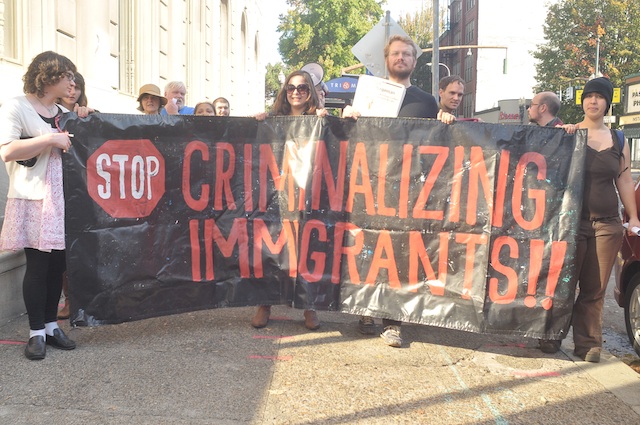

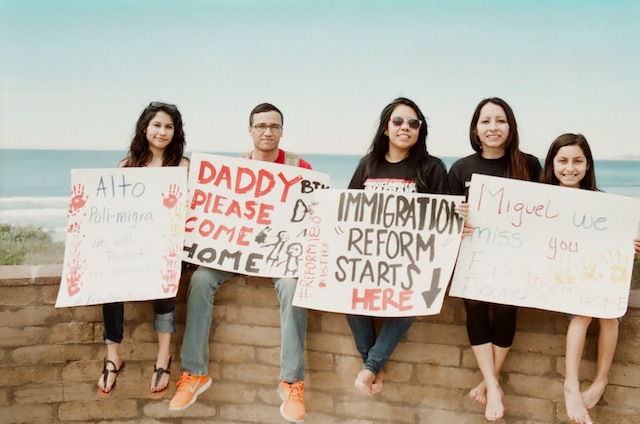
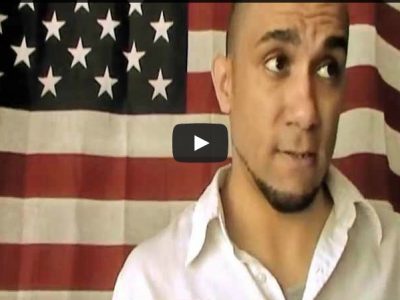
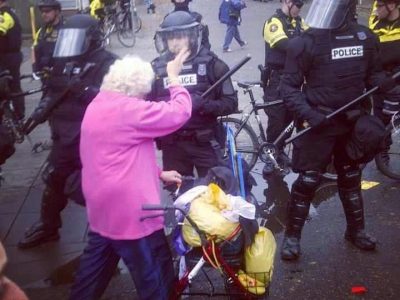

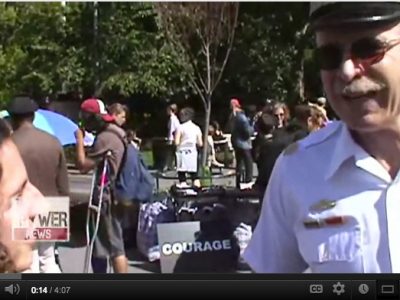

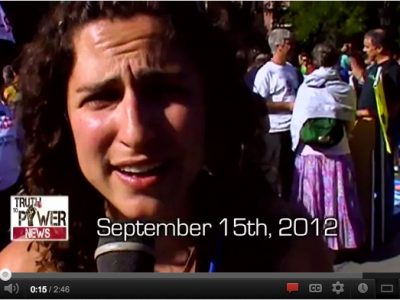
1 comment for “Immigrant Rights Prospects Slowly Brightening In Wake of Continuing Community Pressure”